3 ARTICLES RELATED TO THE TOPIC OF DEPRESSION (CAUSES & TREATMENTS)
Article #1
TITLE
You Asked: Is Seasonal Affective Disorder Real?
DESCRIPTION
In reality, there are some people who experience Seasonal Affective Disorder (SAD) in winter. It is hypothesized that there may be several causes which include: less exposure to sunlight, dysynchony of wake and sleep as the seasons change, genetics, and both less physical and social activity. The researchers conclude that these several factors come into play and may interact to produce Seasonal Affective Disorder. Possible treatments “… light therapy may help. Kolb [researcher} says research shows light therapy can relieve other types of depression—not just the winter doldrums. Along with regular exercise and socializing, spending more time outdoors or near windows—or, ideally, taking a couple winter trips to sunny locales—can also help. So can medication or cognitive behavioral therapy. ”
SOURCE
Time Magazine, March 2, 2016, by Markham Heid
LINK TO RESOURCE
http://time.com/4243319/seasonal-affective-disorder-sad-light-therapy/
(Tiny URL) http://tinyurl.com/gre96ra
——————-
Article #2
TITLE
Weight Training May Help to Ease or Prevent Depression
DESCRIPTION
In examination of many well controlled studies that meet high standards for research, the researchers concluded definitively that weight training and resistance training worked effectively to both prevent and reduce symptoms of depression in all adult age groups.
“There already is considerable evidence that exercise, in general, can help to both stave off and treat depression. A large-scale 2016 review that involved more than a million people, for instance, concluded that being physically fit substantially reduces the risk that someone will develop clinical depression. Other studies and reviews have found that exercise also can reduce symptoms of depression in people who have been given diagnoses of the condition.”
SOURCE
New York Times, June 6, 2018, by Gretchen Reynolds
LINK TO RESOURCE
https://www.nytimes.com/2018/06/06/well/weight-training-may-help-to-ease-or-prevent-depression.html
(Tiny URL) http://tinyurl.com/y9qvd5wv
Article #3
TITLE
Electroconvulsive therapy makes financial sense for some depression patients, study says
DESCRIPTION
This is an article that presents a case of a woman who suffered depression since childhood and for whom no treatments worked. Her life suffered as the depression became worse and deepened into her adulthood and affected both her family, work life, and also triggered suicide attempts. This is known as”treatment-resistant depression — when a patient’s symptoms aren’t alleviated after trying at least two different antidepressants — and bipolar disorder.” For the case, and as an alternative, she agreed to electroconvulsive therapy (ECT). “ECT causes small seizures that are electrically produced — stimulating areas of the brain associated with depression — with the aim of relieving various forms of mental illness.” The article goes in depth about what ECT is and is not and how the stigma around it’s use has grown over time. Psychiatrists who use it are working on educating the public about modern ECT and it’s effectiveness and working to dispel the ideas that have come from movies such as “The Snake Pit” and “One Flew Over the Cuckoo’s Nest.” For some suffering treatment resistant depression, ECT can be effective in alleviating the depression. Further research and analysis also demonstrated that it was less costly and made “financial sense” when no other treatments were effective over time.
SOURCE
The (Philadelphia) Inquirer, November 1, 2018, by Courtenay Harris Bond
LINK TO RESOURCE
(Tiny URL) http://tinyurl.com/y8npkh7n
CLASS DISCUSSION QUESTIONS
•What is depression? What are the symptoms? What are the different types of depression? What are the treatments? (students can use the textbook to answer these questions.)
•What is Seasonal Affective Disorder (SAD)? What are the causes? What are the suggested treatments?
•What is electroconvulsive therapy (ECT)? When and why does it become a treatment of choice? What is treatment resistant depression? How is modern ECT different than that used in the past? What causes the stigma of using ECT? What are the pros and cons of ECT as a treatment?
•How has the research into exercise been conducted? What are the conclusions of research on exercise as a treatment for depression and anxiety?


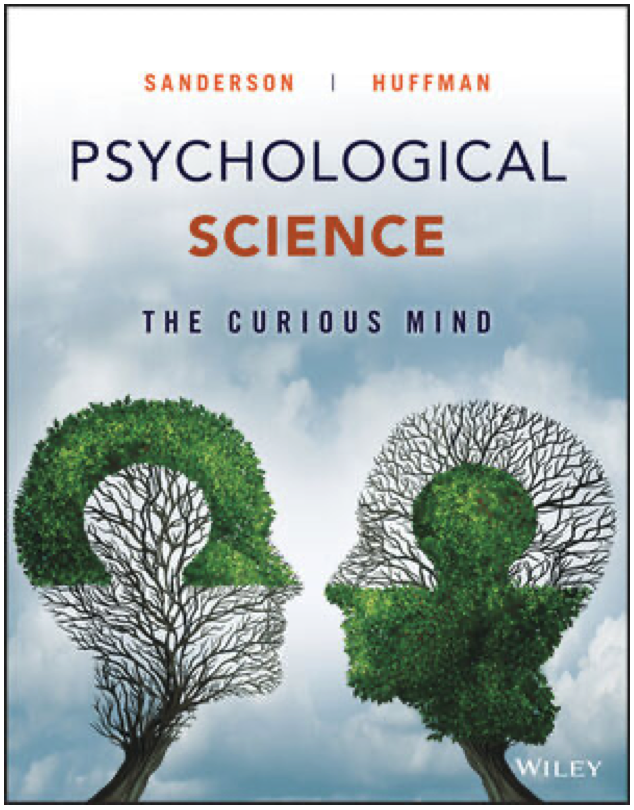
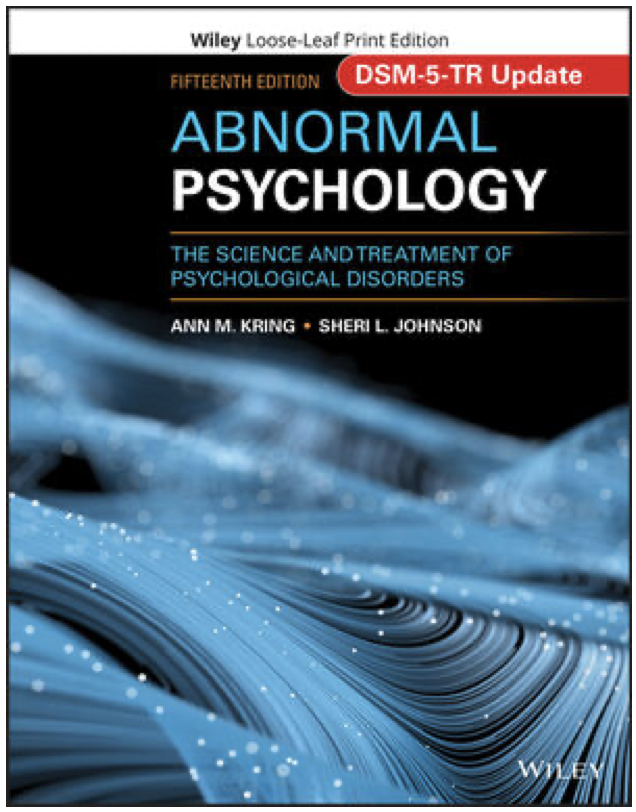
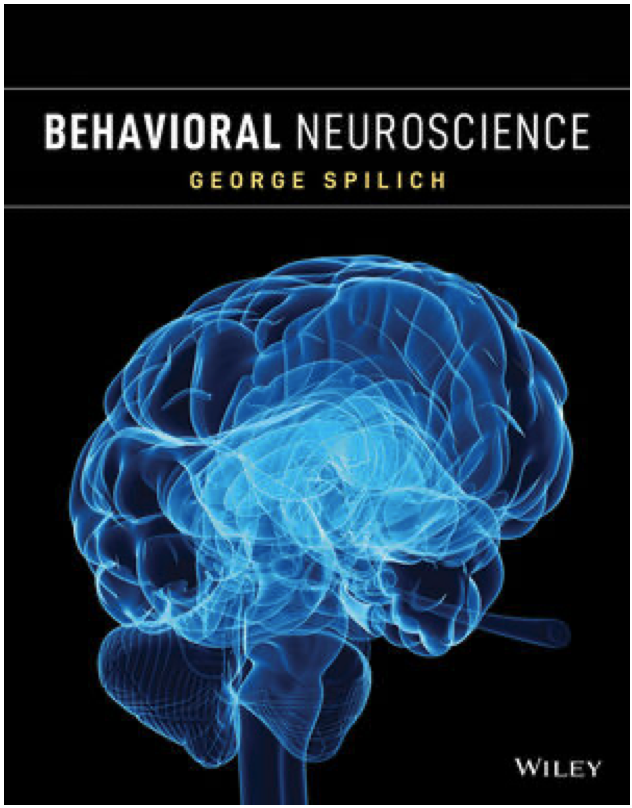
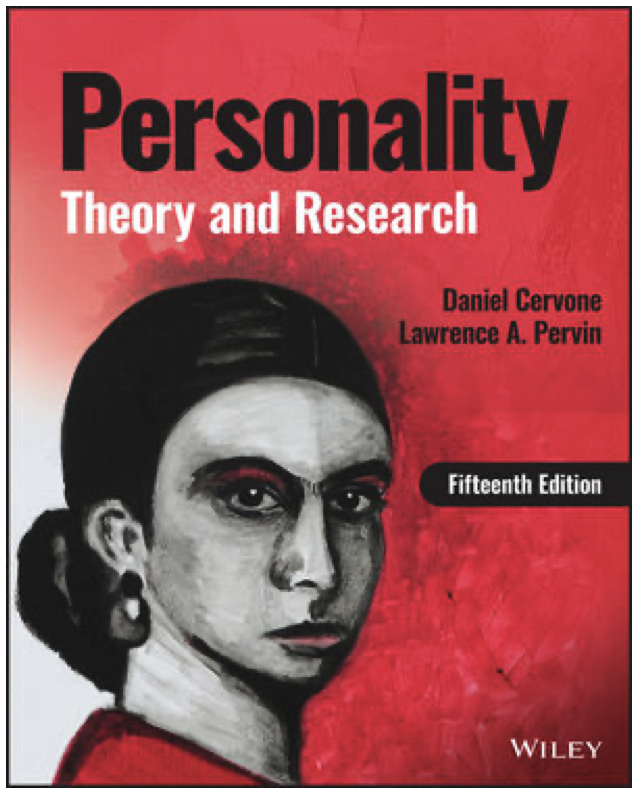
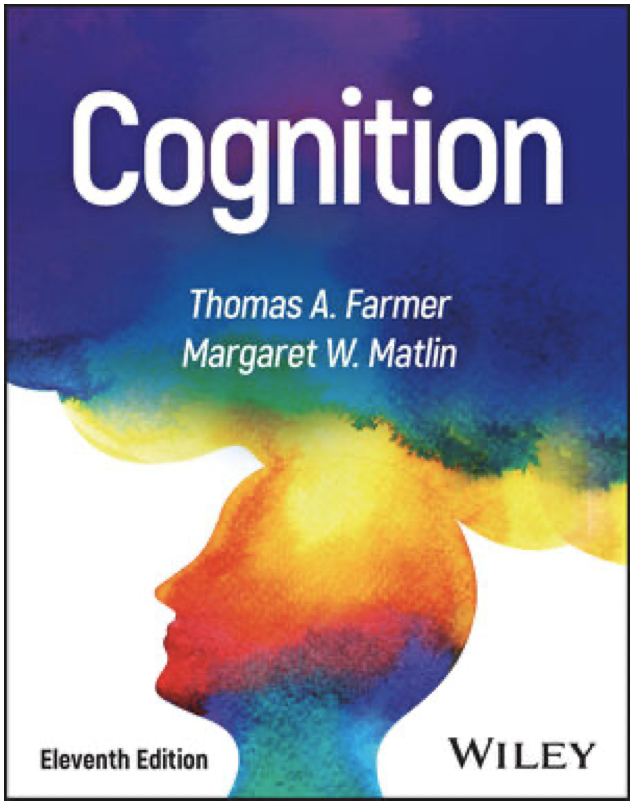
Leave a Reply